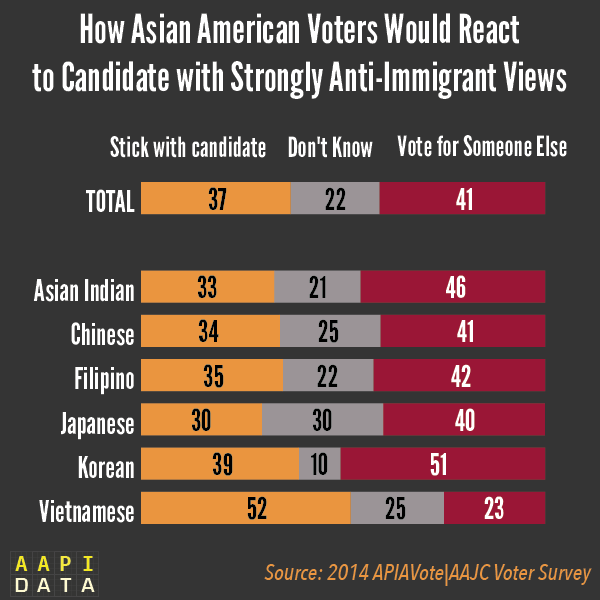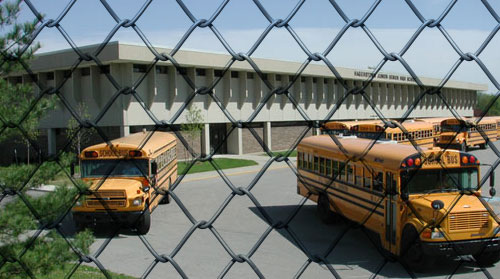In Trump’s State of the Union address, he proposed changing the family-immigration system that allows legal immigrants to sponsor family members for green cards, an act that some call “chain migration.” Alejandro Barahona/azcentral Wochit
First lady Melania Trump’s immigrant parents are now U.S. citizens.
Viktor and Amalija Knavs, who are originally from Slovenia, took the citizenship oath in August at a federal building in Manhattan.
They benefited from exactly the form of family-based immigration that President Donald Trump, their son-in-law, wants to sharply curtail.
Under the system, U.S. citizens can petition for their closest relatives to get green cards. Then, after waiting several years, the relatives can apply to become full-fledged citizens.
In the Knavses’ case, their daughter, Melania Trump, a U.S. citizen, reportedly petitioned for them to receive green cards, and they in turn were able to apply for citizenship.
For generations, family reunification has been the cornerstone of the U.S. immigration system under the guiding principle that immigrants assimilate better when they have the support of their families.
But Trump derisively calls the nation’s family-based immigration system “chain migration.” He has fought to replace it with a merit-based system that largely grants green cards to immigrants based on their abilities instead of their family ties.
Trump’s position puts him at odds with the Knavses’ New York City-based immigration lawyer, Michael Wildes, who believes curtailing family-based immigration would be a mistake.
“I think it’s foolhardy,” Wildes told The Arizona Republic and USA TODAY NETWORK. The United States, he said, already has a merit-based system that allows immigrants with exceptional talent and skill to receive green cards.
What is so-called “chain migration”? Here is a brief explanation. Isabel Greenblatt/The Republic
What’s more, many of the immigrants who come to the United States through the current family-based system are also highly educated.
“The greatest workers we have are given greater incentive if their family members are allowed to join them in the United States,” Wildes said. “The greatest risk-takers in the world have been foreign nationals that eventually become citizens themselves.
“They will work so much harder knowing that their loved ones are either en route or by their side, and this has been the hallmark of our family unification that our founding fathers envisioned.”
Wildes detests the term “chain migration.”
“The notion of chain migration, you think of monkeys in a jungle,” he said. “It’s such a derogatory term that is demoralizing of a beautiful principle.”
Trump has pushed to make major cuts to the nation’s long-standing family-based immigration system.
Under a four-pillar plan he outlined during his State of the Union address in January, Trump called for ending “chain migration.”
President Donald Trump outlined a 4-pillar immigration plan during his first State of the Union speech on January 30, 2018.
“Under the current broken system, a single immigrant can bring in virtually unlimited numbers of distant relatives,” Trump said.
Instead of the ability to sponsor parents, siblings, children, and spouses, immigrants who become citizens or legal permanent residents would be limited to sponsoring only their spouses and minor children for green cards, under Trump’s plan.
Earlier this year, Trump’s insistence that cuts to family immigration be part of any DACA deal helped derail efforts in the Senate to pass legislation aimed at legalizing “dreamers” — undocumented immigrants brought to the United States as children.
About 690,000 dreamers are now temporarily shielded from deportation under the Obama-era Deferred Action for Childhood Arrivals program. Trump tried to rescind the program as of March 5 until three federal judges in separate rulings temporarily blocked him from doing so.
Negotiations over DACA remain stalled in Congress, and almost certainly won’t come up again until after the midterm elections because lawmakers are reluctant to touch such a hot-button issue while campaigning for re-election, said Sarah Pierce, a policy analyst at the nonpartisan think tank Migration Policy Institute.
Meanwhile, a Texas judge could rule any day to kill the DACA program entirely. That could push Congress to restart negotiations over a program to legalize DACA recipients after the midterm elections. If so, Trump seems determined not to sign any DACA deal unless it also includes cuts to family-based immigration, Pierce said.
“This vital reform is necessary, not just for our economy, but for our security, and our future,” Trump said earlier this year.
How big are Trump’s proposed cuts to immigration?
Enormous.
The United States gives out about 1 million green cards a year. In 2016, 34 percent went to immigrants already in the United States and 66 percent went to new arrivals. There are two main ways for immigrants to come to the United States: the family-based system and the employment-based system.
Read entire article here






